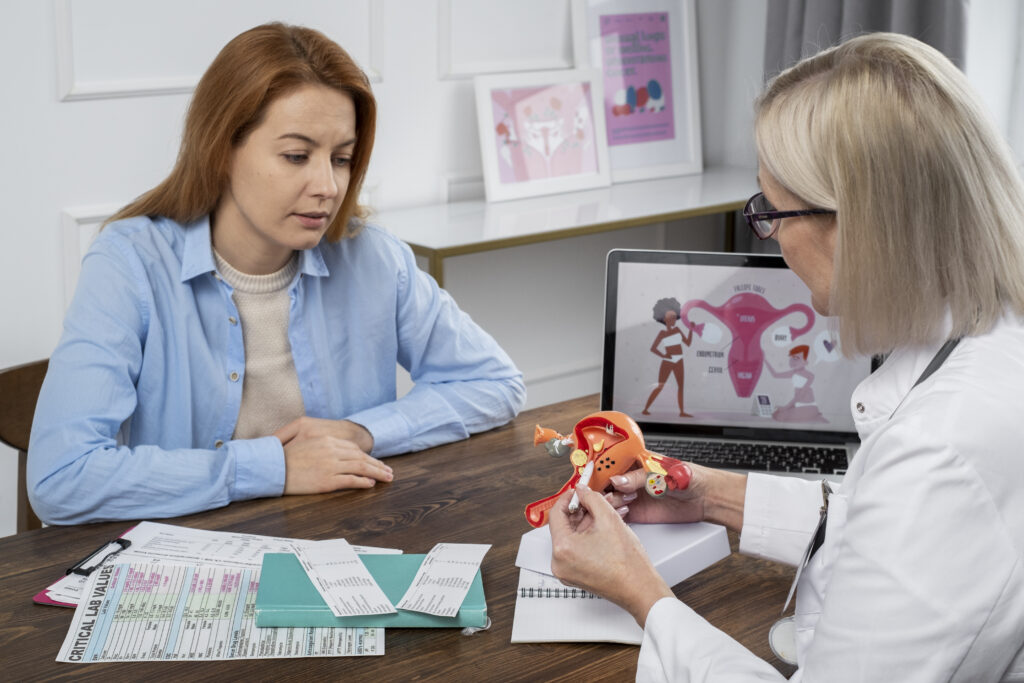Introduction
Ovarian torsion is a serious condition that affects women of all ages. It happens when an ovary twists around the tissues that support it. This twist can cut off the blood supply to the ovary. Because of this, ovarian torsion is a medical emergency. Early awareness is important. Quick treatment can help save the ovary and prevent further problems. Knowing the signs and risk factors can help you act fast if you or someone you know is affected.
What is Ovarian Torsion?
Ovarian torsion means the ovary has twisted around its own support. This twist blocks blood flow to the ovary and sometimes the fallopian tube. As a result, the ovary may not get enough oxygen. If left untreated, the tissue can die. Ovarian torsion is rare, but it can happen at any age. However, it is most common in women of childbearing age. It is important to treat ovarian torsion quickly to avoid lasting damage.
Symptoms of Ovarian Torsion
Symptoms of ovarian torsion can appear suddenly. They may also be severe. Common signs include:
Sometimes, the pain may be on one side of the abdomen. But, it can also spread. If you notice these symptoms, especially sudden pelvic pain, seek medical help right away.
Causes and Risk Factors
Ovarian torsion often happens when the ovary is enlarged. This can be due to:
Other risk factors include a history of ovarian torsion or having polycystic ovary syndrome (PCOS). Sometimes, no clear cause is found. However, knowing these risks can help you stay alert to symptoms.
How Ovarian Torsion is Diagnosed
Doctors use several steps to diagnose ovarian torsion. First, they ask about your symptoms and medical history. Next, they perform a physical exam. Often, they use imaging tests, such as:
Blood tests may also be done to check for signs of infection or tissue damage. Quick diagnosis is key to saving the ovary.
Treatment Options for Ovarian Torsion
Treatment for ovarian torsion usually involves surgery. Doctors aim to untwist the ovary and restore blood flow. There are two main types of surgery:
If the ovary is healthy after untwisting, it can often be saved. However, if the tissue is dead, the ovary may need to be removed. Early treatment increases the chance of saving the ovary and keeping fertility.
Prevention and Lifestyle Guidance
While you cannot always prevent ovarian torsion, some steps may help lower your risk:
Staying aware of your body and any changes can help you act quickly if symptoms appear.
When to Seek Medical Help
If you have sudden, severe pelvic pain, do not wait. Seek medical help right away. Ovarian torsion can cause lasting damage if not treated quickly. Early care can save your ovary and prevent other problems. Even if the pain goes away, it is important to get checked by a doctor. Quick action can make a big difference.
For more information, you can visit trusted sources like the Centers for Disease Control and Prevention (CDC) or the World Health Organization (WHO).
Consult a healthcare specialist promptly if you suspect ovarian torsion or experience sudden pelvic pain.



